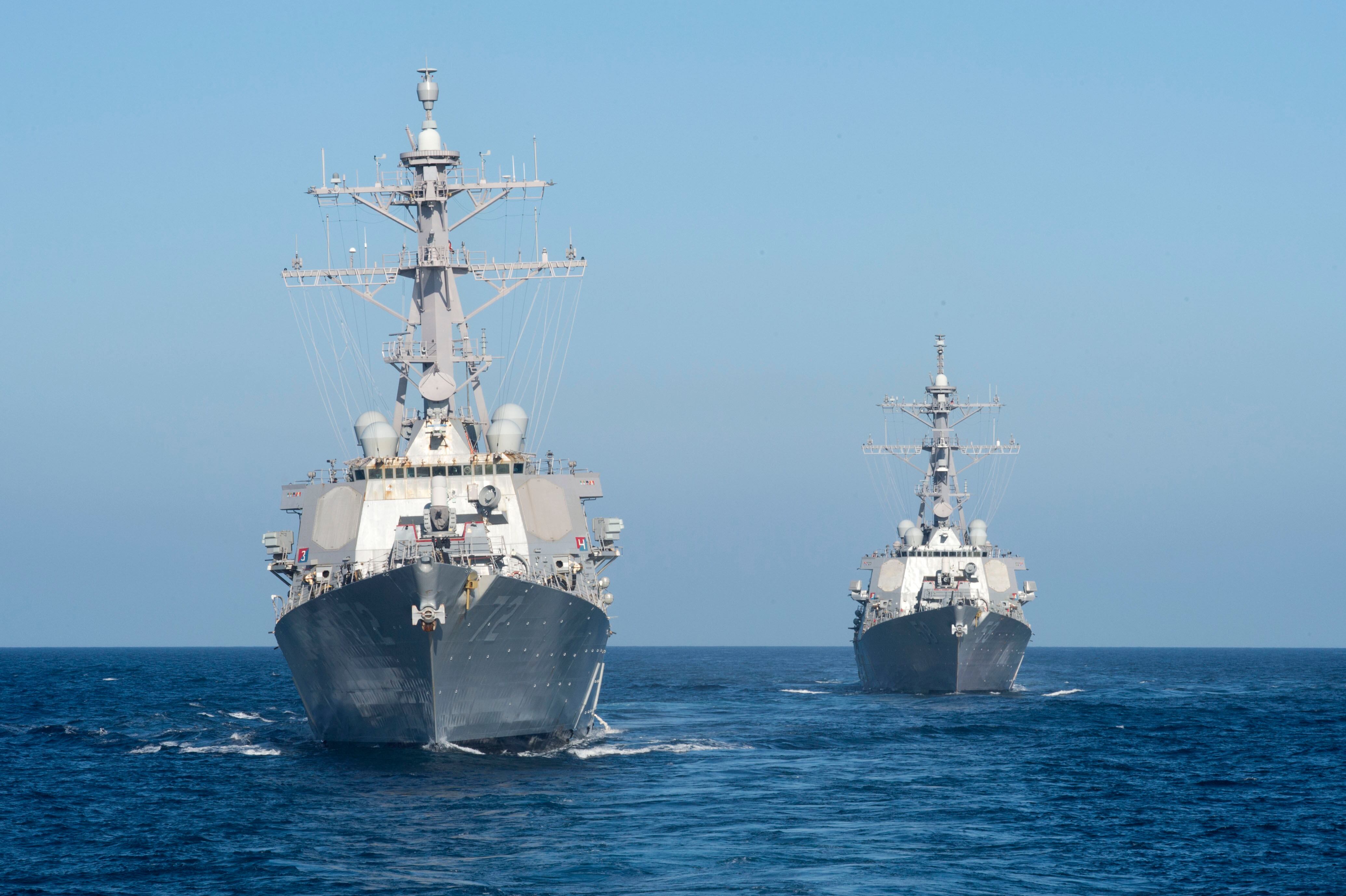WASHINGTON — The U.S. Navy’s next Ford-class supercarrier, the John F. Kennedy, will be delivered to the fleet with its full suite of advanced electronics and with the ability to support the carrier-launched F-35C aircraft, a change from a planned two-phase delivery devised in the original contract.
The two-phase approach was planned to accommodate the development timeline for the introduction of the enterprise air surveillance radar suite, which replaces the dual-band radar on the lead ship Ford, according to a Navy press release.
The ship is about 76 percent complete, according to Huntington Ingalls Newport News, and is slated for delivery in 2024. The F-35C upgrades were mandated in the 2020 National Defense Authorization Act.
RELATED

The Navy’s acquisition boss said the streamlined delivery timeline was based on lessons learned from the Ford, which has suffered a myriad of delays and setbacks as the service works out the kinks in 23 new technologies incorporated into the hull.
“Shifting to single phase and incorporating the F-35C modifications will enable the delivery of a more capable and lethal carrier,” said James Geurts, assistant secretary of the Navy for research, development and acquisition. “Initiating this work now will build on the lessons learned from USS Gerald R Ford to maintain the optimal construction timeline for the shipyard and to avoid inefficiencies.”
The contract modification will run about $315 million, according to the announcement.
When the JFK launched in December last year, the shipyard was about 1,300 tons ahead of where Ford was at the same point in its construction. The ship’s program director at Newport New Mike Butler attributed the progress to a better process that moved more of the ship’s assembly to earlier in the process, a feat made possible by advanced 3-D product modeling.
“The main difference is with the product model, early on with the 3D-designed product model — without that we could not have moved so much work earlier,” Butler said. "For example, with Nimitz class, we had a lot of hole cuts in bulkheads for piping and electrical to pass through. On Nimitz class, most of that was cut on the ship. Here, we cut virtually all those holes in the shop. We mounted a lot of equipment in the shop.
“We could have never done that without the product model. And without the product model, we would have never been able to do the digital work packages and things that we are able to do electronically.”
The shipyard still faces headwinds, however, with a relatively green workforce that includes more than 8,000 new hires in the past few years, though many of them have taken much more quickly to more digital means of constructing ships.
David B. Larter was the naval warfare reporter for Defense News.








